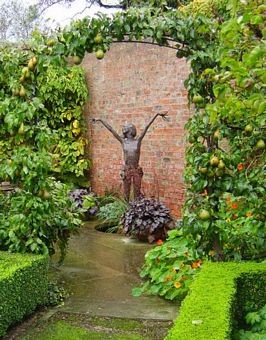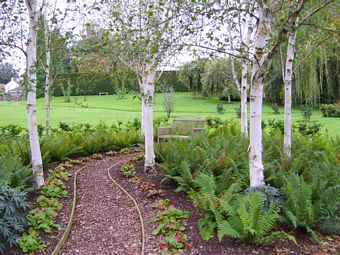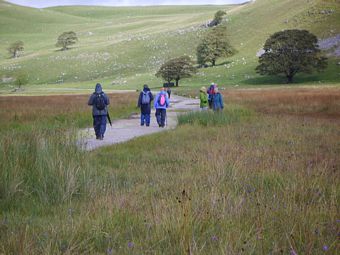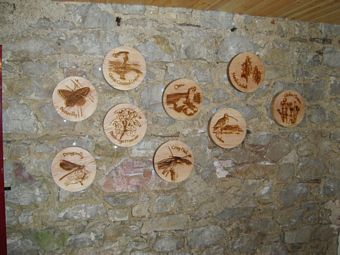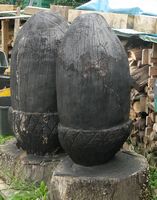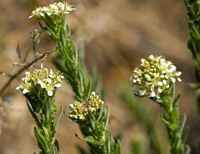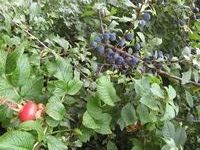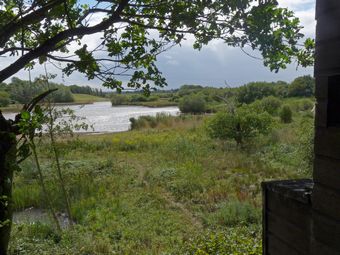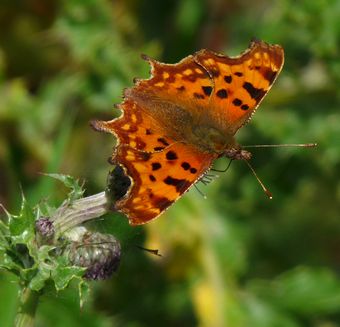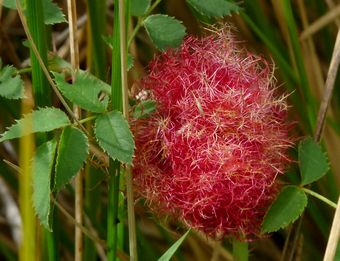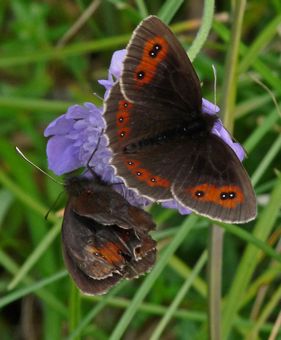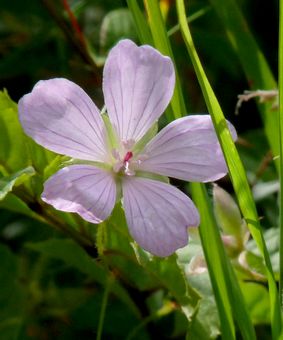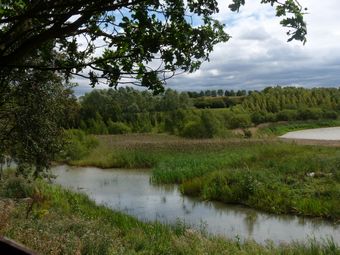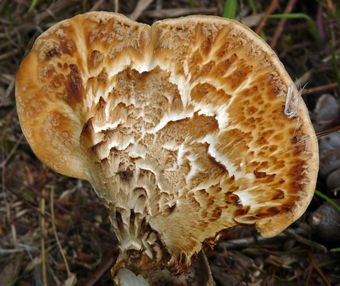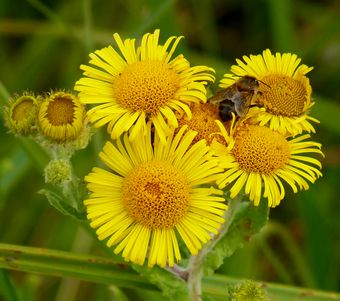WFV Saltholme RSPB reserve Tuesday 4th October 2011
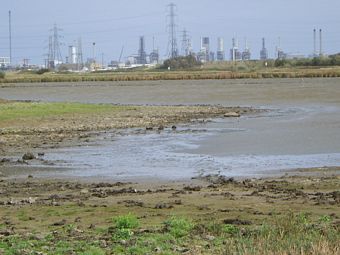 Dunlin and Lapwing Feeding n Front of the Saltholme Hide 12 of us set off today for a return visit to Saltholme RSPB reserve on Teeside. The group included a new member Marguerite who has joined us on the recommendation of June. The journey was a straightforward one although the distance was quite considerable. Brian was looking forward to the experience of crossing the Tees on the transporter bridge gondala. He was not disappointed. Weather conditions were cool and windy nevertherless fine. The light conditions were especially good and enabled us to see the markings on the birds quite clearly. 35 species were identified by group members (38 by Marguerite). Notable species seen were a variety of geese. They were congregating on the grassland area intermingling with the cattle and lapwings. Greylag, pink footed, barnacle and canada geese were identified. Waders were just starting to come through but not in numbers. The Saltholme hide was the most productive with sightings of dunlin, godwit, lapwing as well as a variety of ducks and geese and a female wheatear.
Dunlin and Lapwing Feeding n Front of the Saltholme Hide 12 of us set off today for a return visit to Saltholme RSPB reserve on Teeside. The group included a new member Marguerite who has joined us on the recommendation of June. The journey was a straightforward one although the distance was quite considerable. Brian was looking forward to the experience of crossing the Tees on the transporter bridge gondala. He was not disappointed. Weather conditions were cool and windy nevertherless fine. The light conditions were especially good and enabled us to see the markings on the birds quite clearly. 35 species were identified by group members (38 by Marguerite). Notable species seen were a variety of geese. They were congregating on the grassland area intermingling with the cattle and lapwings. Greylag, pink footed, barnacle and canada geese were identified. Waders were just starting to come through but not in numbers. The Saltholme hide was the most productive with sightings of dunlin, godwit, lapwing as well as a variety of ducks and geese and a female wheatear. The Transporter Bridge from the Reserve A variety of birds were seen from the wild life watch point including gadwall, wigeon, teal, coot, moorhen and little grebe. There was a plethera of small birds at the feeders including goldfinch, greenfinch, blue tit and tree sparrow. A flock of starlings took flight above the visitors centre while were were enjoying tea. A hare was seen in the fields. The RSPB have made a considerable effort in making this an informative and comfortable experience for visitors. It is an amazing haven for wildlife when one considers its surroundings - busy roads and industrial complexes. Our return journey went smoothly thanks to Robert's driving skills and the time of our return home around 6pm was a reasonable one. Another enjoyable day out.
The Transporter Bridge from the Reserve A variety of birds were seen from the wild life watch point including gadwall, wigeon, teal, coot, moorhen and little grebe. There was a plethera of small birds at the feeders including goldfinch, greenfinch, blue tit and tree sparrow. A flock of starlings took flight above the visitors centre while were were enjoying tea. A hare was seen in the fields. The RSPB have made a considerable effort in making this an informative and comfortable experience for visitors. It is an amazing haven for wildlife when one considers its surroundings - busy roads and industrial complexes. Our return journey went smoothly thanks to Robert's driving skills and the time of our return home around 6pm was a reasonable one. Another enjoyable day out. Margaret

